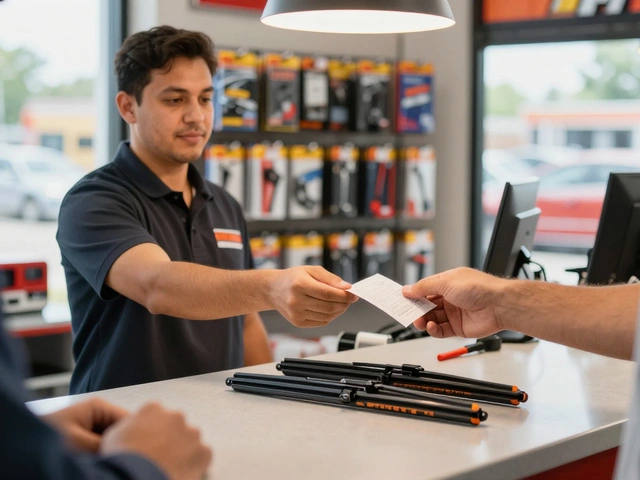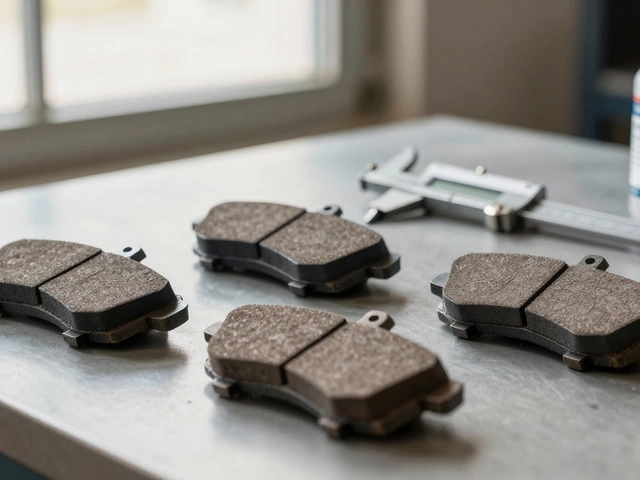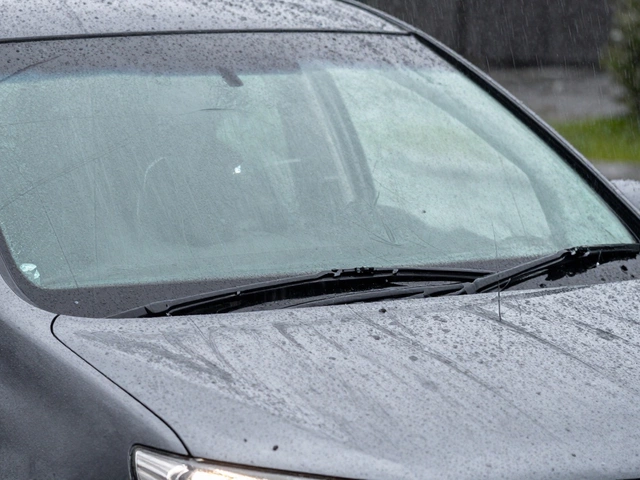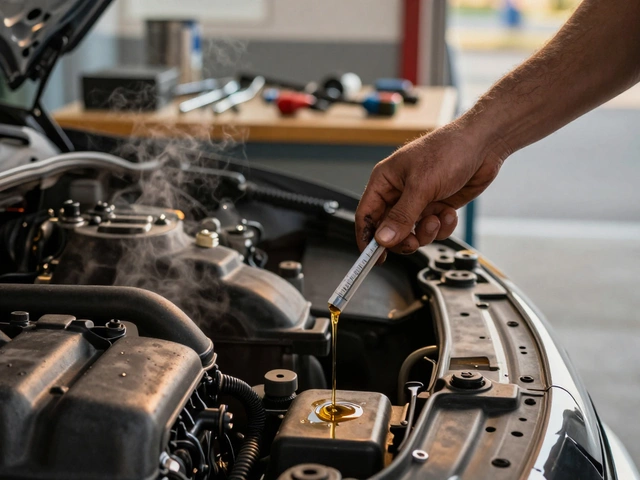Home Air Filtration: How Car and HVAC Systems Compare
When you think about home air filtration, the system that removes dust, pollen, and pollutants from the air inside your house. Also known as indoor air purification, it’s not just about comfort—it’s about breathing easier every day. Most people don’t realize that the same basic idea powers the cabin air filter, the small but critical filter in your car that cleans air before it enters the passenger compartment. Both systems use layered materials to trap particles, but one keeps your living room clean, and the other keeps your commute from turning into a sneezing fit.
Think of your HVAC filters, the replaceable filters in your home heating and cooling system that control airflow and air quality as the backbone of your indoor environment. They stop dust from clogging your furnace, reduce allergens, and even help your system run more efficiently. A dirty filter doesn’t just mean dusty floors—it means your AC works harder, costs more, and wears out faster. The same goes for your car’s cabin air filter, a component that keeps pollen, exhaust fumes, and road grime out of your car’s interior. Skip replacing it, and you’ll notice stale air, foggy windows, and a weird smell every time you turn on the vents.
Here’s the thing: home air filtration and car air systems aren’t just similar—they’re connected. If you live in a dusty city or near construction, your home filter might need changing every 60 days. Your car’s cabin filter? Probably every 12,000 to 15,000 miles. Both are cheap fixes that prevent bigger problems. And if you’ve ever wondered why your car’s AC doesn’t feel as crisp as your home unit, it’s often because the cabin filter is clogged. You wouldn’t ignore a dirty furnace filter—you shouldn’t ignore a dirty car filter either.
What you’ll find below isn’t just a list of articles. It’s a collection of real, practical guides that show you how to spot when filters are failing, how to choose the right ones, and how even small changes can make a big difference in air quality—whether you’re sitting on your couch or behind the wheel. You’ll see how cabin filters relate to engine performance, how filter types vary by brand and model, and why some people swear by premium filters while others save money with basic ones. No fluff. Just what works.
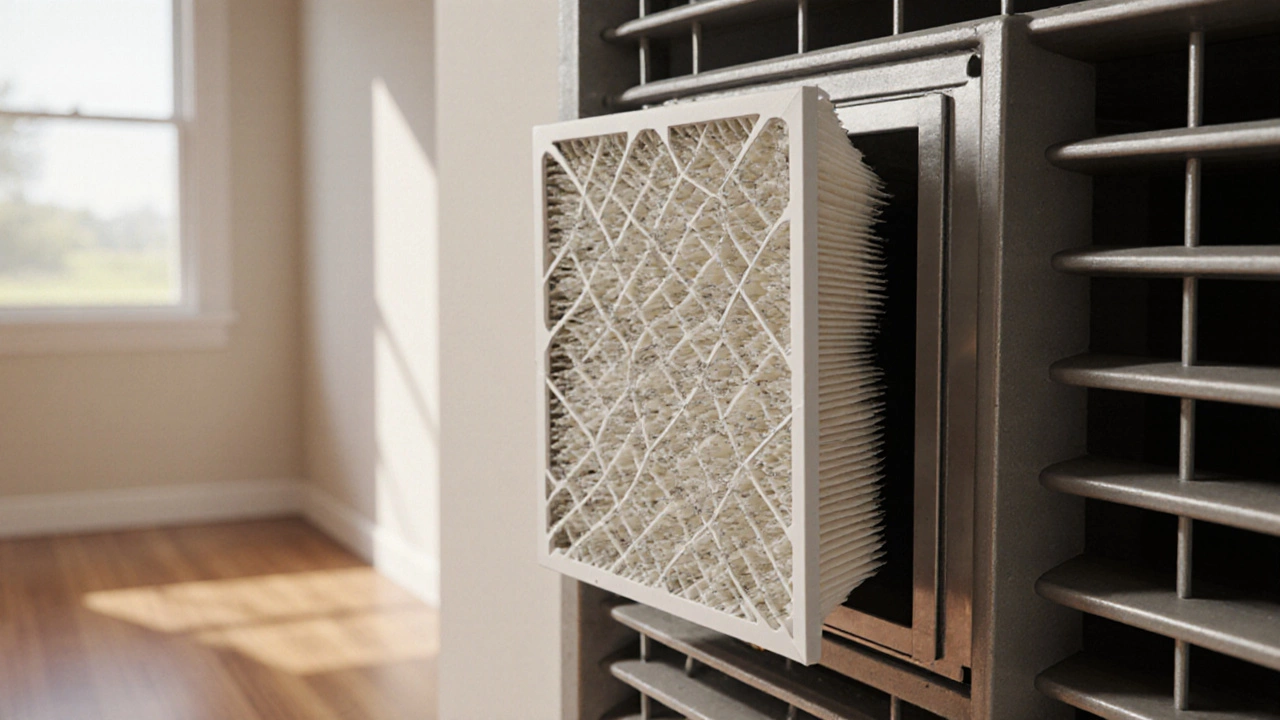
What Is the Most Commonly Used Filter in an HVAC System?
The most commonly used filter in an HVAC system is the furnace filter. Learn what type most homes use, how MERV ratings work, when to change it, and what happens if you don't.
CONTINUE READING
